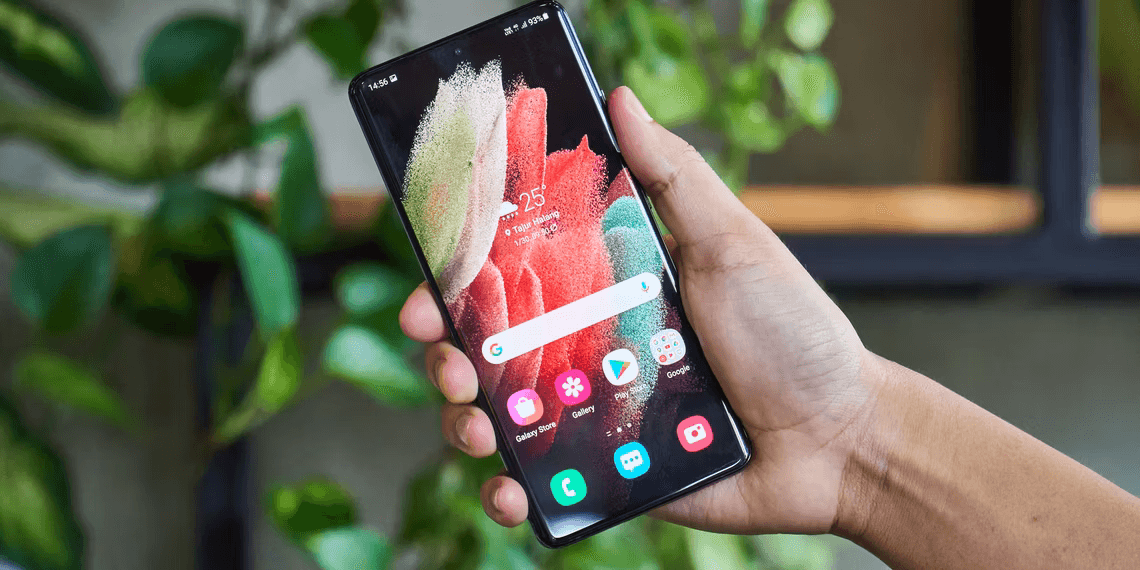1. Introduction to High-Speed Connectivity Technologies
In an era where data is the new currency, high-speed connectivity technologies have emerged as essential tools for seamless digital experiences. USB4 and Thunderbolt 4 stand at the forefront, promising exceptional speed and versatility. These technologies facilitate rapid data transfers, high-resolution display support, and power delivery, enhancing the overall user experience.
2. Understanding USB4: Features and Capabilities
USB4, the latest iteration of the Universal Serial Bus standard, builds upon the foundation of its predecessors. With a maximum data transfer rate of 40 Gbps, USB4 ensures swift file sharing and reduced waiting times. Furthermore, it supports various data protocols, including USB 3.2 and Thunderbolt 3, making it compatible with a wide range of devices. USB4’s ability to deliver power and transmit data simultaneously adds to its appeal.

3. Exploring Thunderbolt 4: Unmatched Speed and Versatility
Thunderbolt 4, developed by Intel, offers unparalleled speed and versatility. Boasting a data transfer rate of 40 Gbps, Thunderbolt 4 enables users to transfer large files and stream high-quality media effortlessly. Its ability to connect multiple devices through a single port simplifies complex setups. Thunderbolt 4 also supports up to two 4K displays or a single 8K display, making it a favorite among content creators and professionals.
4. Parallels and Distinctions: USB4 vs. Thunderbolt 4
While USB4 and Thunderbolt 4 share the same maximum data transfer rate, they have distinct features that set them apart. Thunderbolt 4 offers superior video capabilities, supporting higher display resolutions and daisy-chaining of displays. Additionally, Thunderbolt 4 mandates stricter hardware requirements, ensuring consistent performance across compatible devices. On the other hand, USB4 maintains backward compatibility with USB 3.2 and Thunderbolt 3 devices, making it a versatile choice.
5. Making the Right Choice: Which One to Use?
Choosing between USB4 and Thunderbolt 4 depends on your specific requirements. If you demand top-tier video capabilities and a seamless multi-display setup, Thunderbolt 4 is the ideal choice. Its compatibility with various devices and accessories enhances its appeal. USB4, with its broader compatibility and simultaneous power and data delivery, suits users seeking a more versatile solution. Consider your workflow and device ecosystem to make an informed decision.
6. Future Prospects: Evolution of High-Speed Connectivity
As technology continues to advance, the landscape of high-speed connectivity is poised for further innovation. Both USB4 and Thunderbolt 4 are likely to undergo refinements and updates, offering even higher speeds and improved features. It is essential to stay informed about the latest developments to harness the full potential of these connectivity technologies.
In conclusion, USB4 and Thunderbolt 4 represent the pinnacle of high-speed connectivity, each catering to distinct user needs. Their parallels and distinctions provide users with options tailored to their specific requirements. Whether you prioritize compatibility, speed, or video capabilities, USB4 and Thunderbolt 4 have you covered, ensuring efficient data transfers and enhanced digital experiences. Stay tuned for future advancements as these technologies continue to shape the future of connectivity.











